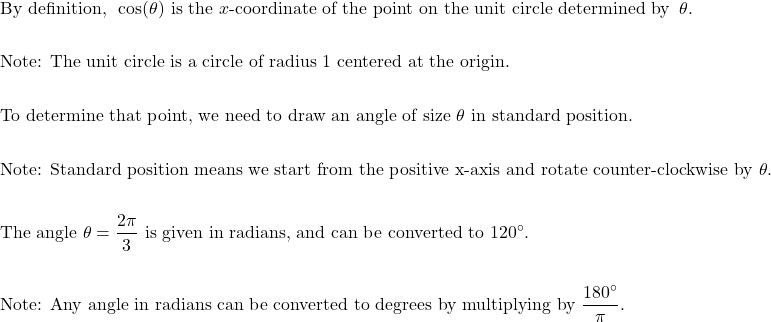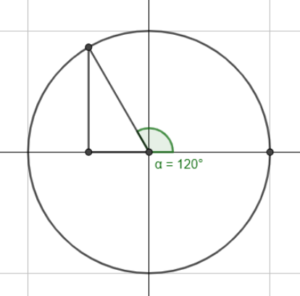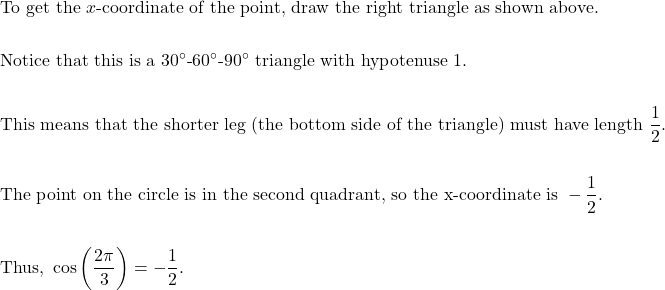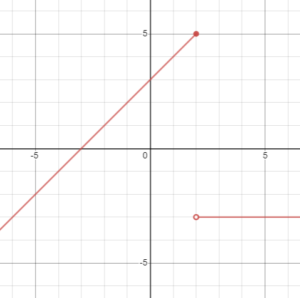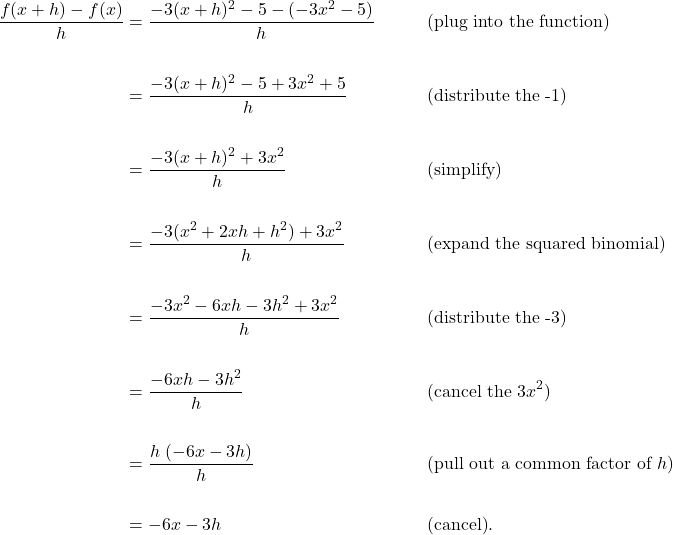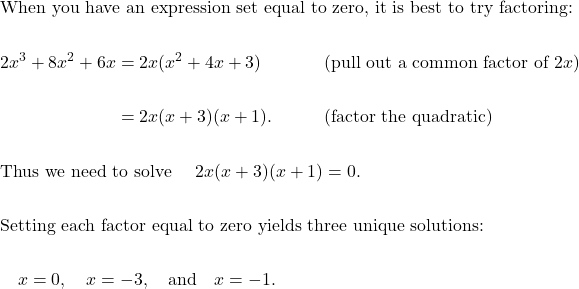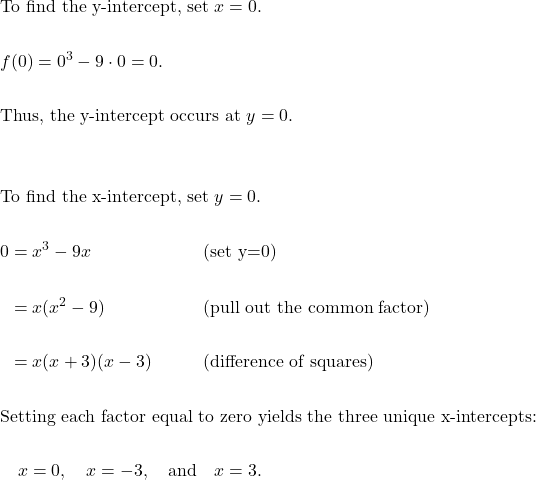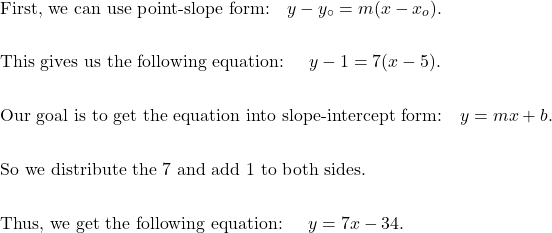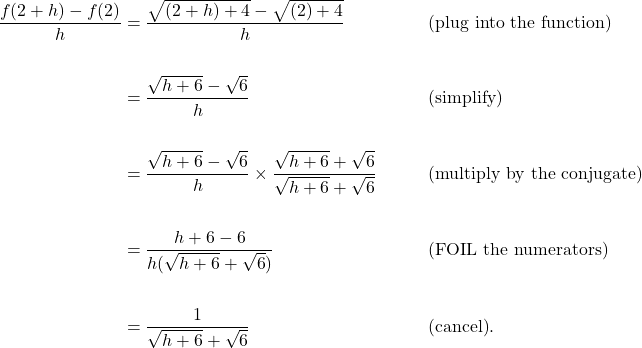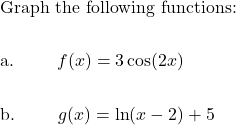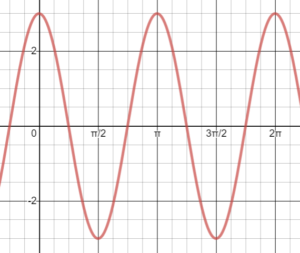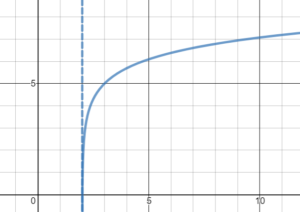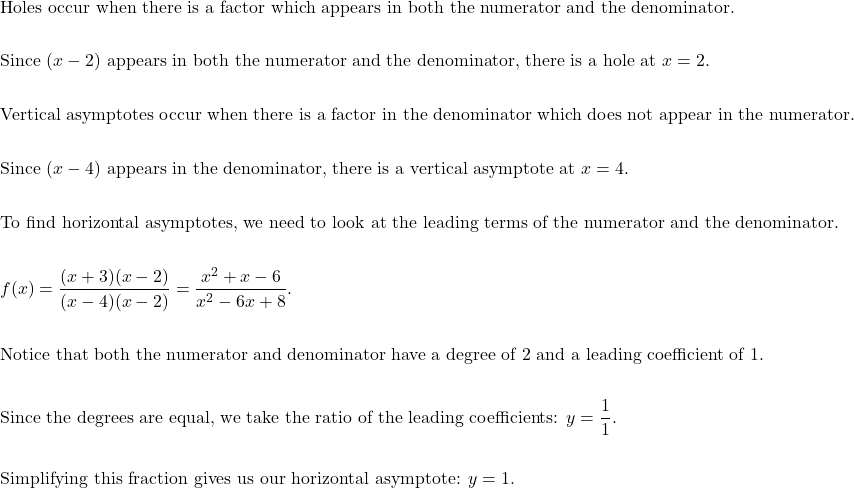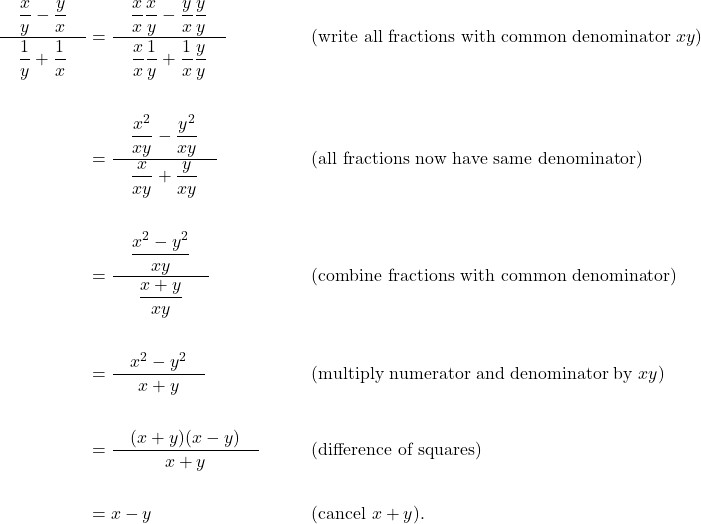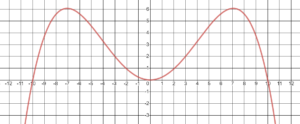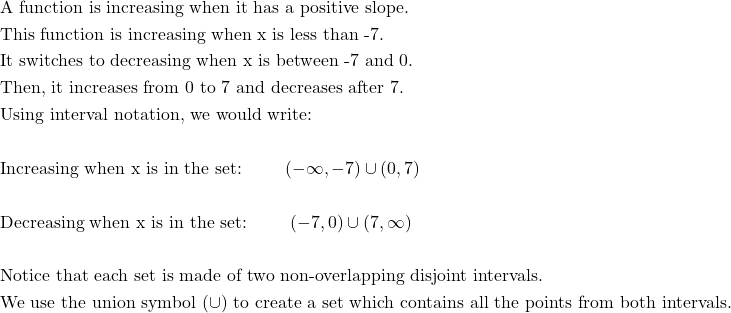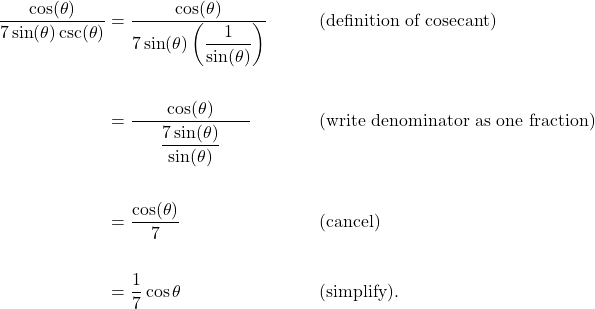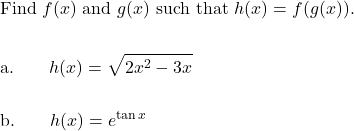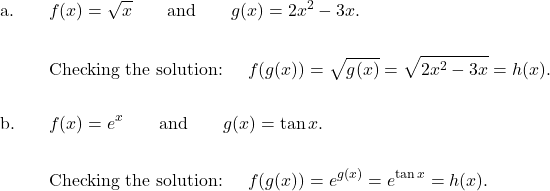MAT 126 Course Prep
Note: This page contains LaTeX markup to display mathematical notation.
This collection of problems is meant to provide practice for a range of skills needed for MAT 126. Read and attempt each problem first; if you aren’t sure how to start a problem, explore the resources on the right to refresh your memory and try again. A drop-down button is found beneath each problem for you to compare both your logic and final answers. Keep track of the skills you aren’t comfortable with, and reacquaint yourself with them so you’re fully prepared for the topics you’ll grapple with soon. Get help in the Math Lab. Return to the Course Prep page.
Math Course Prep Feedback Form
Please take a few moments to fill out the anonymous feedback form below:


